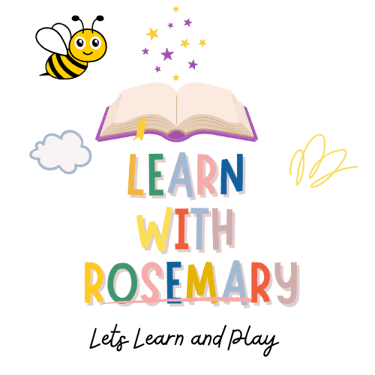Unlock savings on educational resources today!
The Importance of Teaching Alphabet Sounds and Blending for Reading Development
6/14/20251 min read


Understanding Alphabet Sounds
Teaching the sounds of the alphabet is a fundamental step in the process of learning to read. Each letter of the alphabet corresponds to a specific sound, and when children grasp these sounds, they build a crucial foundation for later literacy skills. By engaging students in phonemic awareness activities, educators can help children distinguish individual sounds within words, paving the way for effective reading instruction.
The Role of Blending in Reading
Blending sounds is another critical element in early reading education. Once children can identify the sounds associated with each letter, the next step is to combine these sounds to form words. This process, known as blending, encourages children to sound out letters in succession, which enhances their ability to read unfamiliar words. For example, breaking down the word 'cat' into its individual sounds /k/, /æ/, and /t/ enables children to merge them back together seamlessly.
Integrating Teaching Techniques
To maximize learning, educators can utilize various teaching techniques that incorporate both the sounds of the alphabet and the blending method. Activities such as phonics games, sound matching exercises, and interactive storytelling are effective ways to engage young learners. These techniques not only promote the decoding of words but also enhance students’ confidence as they begin to read independently. It is vital for teachers to create an environment that fosters exploration and practice, allowing children to experiment with sounds in a supportive setting.
In summary, teaching the sounds of the alphabet alongside blending techniques significantly aids in developing reading skills. By emphasizing sound recognition and encouraging blending, educators lay a solid groundwork that contributes to a child’s literacy journey. As children become proficient in these skills, they are more likely to enjoy reading and achieve academic success in the future.
